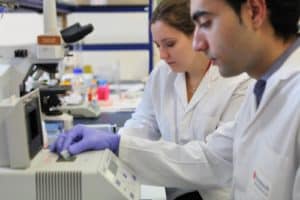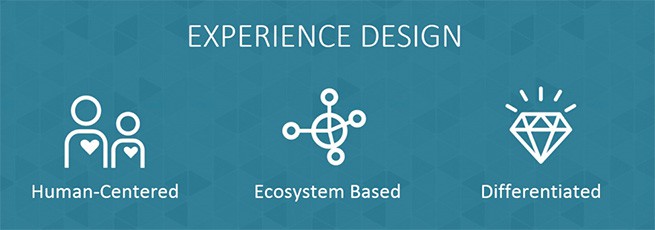Front-end discovery research is an essential part of experience design, which is a human-centered, ecosystem-based process for product development. Experience design is about designing a system that works for people and takes into account the challenges they face.
At Invetech, our experience design team leads usability engineering for regulated devices, yet also has deep training in techniques such as design research, including ethnographic research (a branch of anthropology) and cognitive science. The art and science of experience design covers physical and digital interactions and looks beyond the primary user to all key players in the ecosystem. It is the heart of innovation because it helps us build instruments that solve real problems that people have and drive simple, intuitive experiences.
As Cece puts it, “good design starts with finding problems, not just solutions. If you start with understanding the problem, the solution is meaningful.”
Conducting front-end discovery research can help define potential problems and allows us to create a more efficient and innovative prototype from the beginning. For complex systems like diagnostic instruments, this can make a big difference in reducing unnecessary costs and improving time to market.
 Healthcare is a field of ever increasing complexity, making good experience design of diagnostic instruments and connected healthcare ecosystems more important than ever before. Cece O’Connor, Invetech’s Global Director of UX Strategy & Design, recently gave a presentation about experience design and its importance in Point of Care (POC) testing’s present state and future direction at the 24th International Molecular Medicine Tri-Conference in San Francisco, California. Below are highlights from this presentation.
Healthcare is a field of ever increasing complexity, making good experience design of diagnostic instruments and connected healthcare ecosystems more important than ever before. Cece O’Connor, Invetech’s Global Director of UX Strategy & Design, recently gave a presentation about experience design and its importance in Point of Care (POC) testing’s present state and future direction at the 24th International Molecular Medicine Tri-Conference in San Francisco, California. Below are highlights from this presentation.

